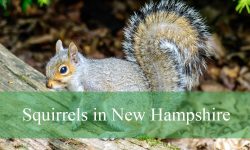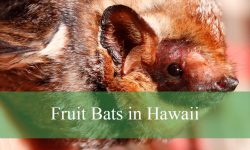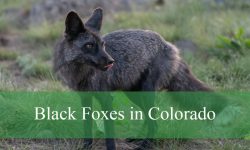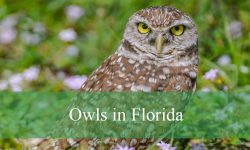While South Dakota is not widely known for having a thriving population of wild or feral pigs, recent sightings and isolated captures have drawn attention to these destructive animals. Feral pigs (Sus scrofa)—sometimes called wild hogs, wild boars, or razorbacks—are not native to North America. They are invasive species that cause extensive ecological and agricultural damage wherever they establish populations.
In South Dakota, feral pigs are relatively rare but are of growing concern. These animals can reproduce rapidly, survive harsh climates, and destroy native ecosystems through rooting, wallowing, and feeding. The term “feral pig” in this context refers to three main types: escaped domestic pigs, Eurasian wild boars, and hybrids between the two.
In this article, we’ll explore each of these three types in detail, covering their physical characteristics, behavior, reproductive habits, and where they’ve been spotted in South Dakota.
Overview of Feral Pigs in South Dakota
Feral pigs belong to the species Sus scrofa, which includes both domestic and wild variations. In North America, these animals were first introduced by early settlers and later by hunting enthusiasts who brought Eurasian wild boars for sport. Over time, some of these pigs escaped or were released, eventually interbreeding and forming wild populations.
In South Dakota, the Department of Game, Fish and Parks (GFP) has reported very few confirmed populations of feral swine. Most sightings turn out to be escaped farm pigs. However, the risk of feral pigs spreading from neighboring states or even from “super pigs” crossing the Canadian border remains real. Understanding the types and identifying features of these pigs is crucial for early detection and control.
1. Domestic-Derived Feral Pigs (Sus scrofa domesticus)
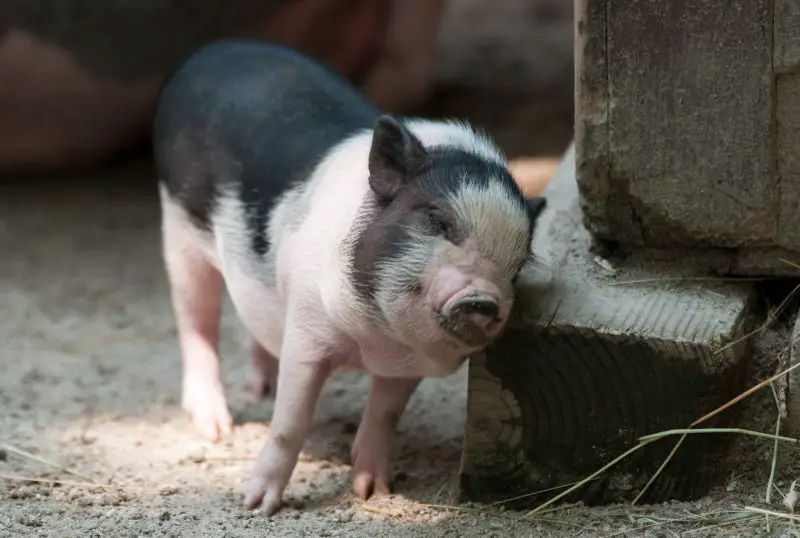
Identification and Appearance
Domestic-derived feral pigs are escaped farm pigs or their descendants that have adapted to wild conditions. These pigs vary in appearance, often showing a mix of features depending on their breed of origin. They typically have a stocky body, shorter legs, and a relatively straight snout. Their coloration can range from pinkish or light brown to black or spotted.
Over time in the wild, their bodies become leaner, and their coats grow coarse, bristly hair. Males may develop small tusks, though usually shorter than those found in true wild boars. These pigs average 150–250 pounds, though some can exceed 300 pounds if well-fed.
Behavior and Habitat
Domestic-derived feral pigs are opportunistic omnivores. They feed on crops, roots, tubers, insects, and small animals. In South Dakota, they would favor riparian zones, farmlands, and wooded creek areas where water and cover are available. They are mostly nocturnal, avoiding human contact whenever possible.
Their adaptability makes them capable of surviving the cold winters of South Dakota, though they rely heavily on thick vegetation or abandoned structures for shelter. These pigs tend to form small family groups called sounders, typically consisting of a few sows and their young.
Reproduction and Growth
Feral pigs breed prolifically. Females can produce two litters per year, each containing 4–12 piglets. Reproductive maturity can occur as early as six months, leading to exponential growth if unchecked. Piglets born in South Dakota’s harsher climate have slightly lower survival rates, but even so, populations can grow quickly under favorable conditions.
Distribution in South Dakota
Domestic-derived feral pigs are occasionally sighted in rural agricultural zones—often near farms or river valleys in eastern and southeastern parts of the state. However, GFP monitoring suggests these populations have not yet become self-sustaining. Most are quickly eradicated when found.
2. Eurasian Wild Boars (Sus scrofa scrofa)
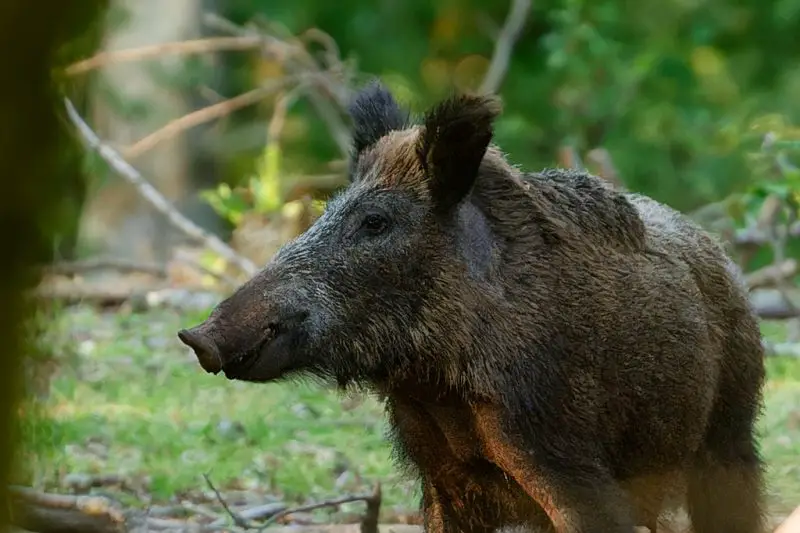
Identification and Physical Traits
The Eurasian wild boar is the wild ancestor of the domestic pig and is more muscular, leaner, and better adapted to life in the wild. In appearance, they are dark brown or black with a dense bristly coat. Their long snout, erect mane, and prominent tusks make them distinct from domestic pigs.
Adult males typically weigh 200–400 pounds and can reach up to 6 feet in length. Their tusks, which grow continuously, are used for defense and foraging. The head is large relative to the body, giving them a distinctive wedge-shaped profile.
Behavior and Ecology
Eurasian wild boars are intelligent and elusive animals. They are mostly nocturnal, spending daylight hours resting in thick brush or wooded areas. Their foraging behavior involves rooting—digging into the soil to uncover roots, grubs, and crops—which causes significant ecological damage.
In South Dakota, wild boars could thrive in forested hills, especially in the Black Hills region, where cover and food sources exist. They are omnivorous, eating plants, insects, small mammals, and even carrion. Their adaptability allows them to survive in various environments, though harsh winters can limit their spread.
Reproductive Habits
Like domestic feral pigs, wild boars reproduce quickly. Females breed once or twice per year depending on food availability. Gestation lasts about 115 days, and litters average 5–6 piglets. Newborns have distinctive striped patterns that fade as they mature.
Because of their fast reproductive cycles and few natural predators, even a small group can multiply rapidly—posing an ecological threat if they establish a foothold.
Current Presence in South Dakota
There are no confirmed breeding populations of pure Eurasian wild boars in South Dakota. However, some individuals may cross from neighboring states or private game reserves. Occasional sightings have been recorded in northern counties, where their presence raises concern for agricultural damage and disease transmission.
3. Hybrid Feral Pigs (Wild Boar × Domestic Crosses)
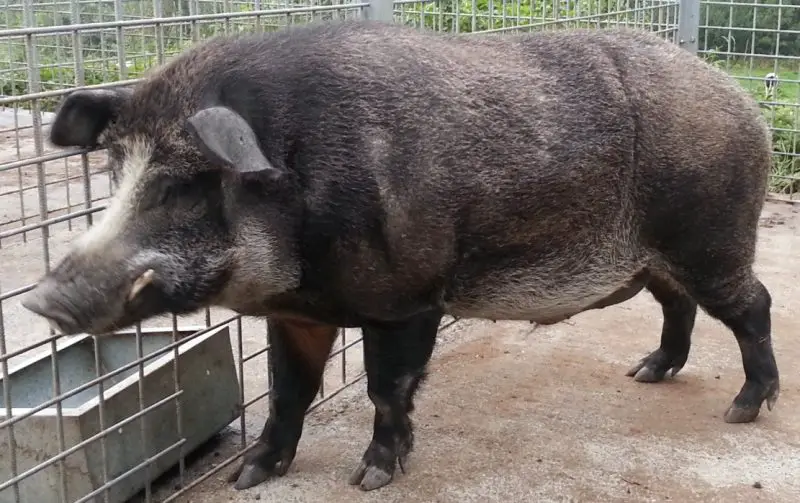
Identification and Appearance
Hybrid feral pigs are the most common type found in many parts of the United States. They result from the interbreeding of Eurasian wild boars and escaped domestic pigs. These hybrids combine the size and reproductive speed of domestic pigs with the toughness and aggression of wild boars.
Their appearance varies widely but often includes a longer snout, coarse black or gray fur, and muscular limbs. Some have the elongated bodies and tusks of wild boars, while others retain the larger body mass typical of domestic breeds. Weight can range from 150 to over 400 pounds.
Behavior and Adaptability
Hybrid feral pigs are highly intelligent and extremely wary of humans. They are primarily nocturnal, emerging at dusk to feed and travel. Their diet is omnivorous, consisting of acorns, roots, crops, small reptiles, and carrion. Their rooting behavior causes severe soil erosion and crop loss.
In South Dakota, hybrids would most likely occupy wooded drainages and mixed farmland regions. They can travel several miles daily in search of food and water. Their ability to withstand cold climates makes them potential long-term invaders in the northern Great Plains.
Reproduction and Survival
Hybrids have even higher reproductive success than pure wild boars. Females may have up to two litters annually, each containing 4–10 piglets. Due to their genetic diversity, hybrids tend to be resilient to disease and environmental stress. This makes them especially difficult to control once populations begin to grow.
Piglets are usually born in well-hidden nests lined with vegetation. Within a few weeks, they follow the sow and begin foraging on their own. The young quickly learn to avoid predators, including humans, coyotes, and mountain lions.
Distribution and Potential Spread in South Dakota
Although South Dakota has no known breeding populations of hybrid feral pigs, experts warn that hybrid “super pigs” from Canada could expand southward. These hybrids, bred from cold-hardy domestic pigs and wild boars, have already been detected in parts of Saskatchewan and Manitoba—posing a potential threat to northern U.S. states like North Dakota and South Dakota.
Monitoring programs are in place to detect and eliminate any early incursions before they can establish populations. Farmers and hunters are encouraged to report sightings to wildlife authorities immediately.
Ecological Impact of Feral Pigs in South Dakota
Even small numbers of feral pigs can cause immense damage to ecosystems. Their rooting disrupts soil, destroys native plants, and accelerates erosion. They compete with native wildlife such as deer and turkeys for food resources. In agricultural regions, they destroy crops, damage fences, and contaminate water sources.
Feral pigs are also carriers of dangerous diseases like pseudorabies, brucellosis, and swine fever, which threaten both livestock and wildlife. The USDA estimates that feral swine cause more than $2.5 billion in annual agricultural damage nationwide.
In South Dakota, early detection and eradication efforts are key to preventing these issues before they arise on a large scale.
How to Identify Feral Pigs in the Wild
Key Signs and Tracks
- Rooting: Torn-up patches of ground resembling plowed soil.
- Wallows: Muddy depressions where pigs roll to cool off.
- Tracks: Rounded hoof prints with blunt toes, 2–3 inches wide.
- Scat: Pile-shaped droppings, often containing plant material and seeds.
- Hair and Rub Marks: Bristly hairs caught on trees or fences.
If you see any of these signs, it’s best to report them to the South Dakota Game, Fish, and Parks office rather than attempting to approach the animals.
Control and Management Efforts
South Dakota has a strict no tolerance policy toward feral pigs. The state prohibits the importation, possession, or release of wild swine. When sightings occur, wildlife officers work swiftly to trap or eliminate the animals before they can form breeding populations.
Residents are encouraged to remain vigilant. Hunters are not permitted to actively hunt feral pigs without coordination with wildlife authorities, as unregulated hunting can scatter populations and make eradication harder.
Collaboration with USDA Wildlife Services ensures that South Dakota remains one of the few states without a significant feral hog problem.
Conclusion
Feral pigs may seem like a problem confined to southern states, but they pose an increasing risk to the northern plains, including South Dakota. Though no stable population currently exists, understanding the three main types—domestic-derived feral pigs, Eurasian wild boars, and hybrids—helps with early identification and management.
Each type differs slightly in appearance and behavior, but all share one trait: they can cause catastrophic environmental and economic damage if allowed to thrive. Vigilance, public awareness, and quick reporting are key to keeping South Dakota feral-pig-free.
FAQs about Feral Pigs in South Dakota
Are there feral pigs living in South Dakota right now?
No, South Dakota currently does not have established populations of feral pigs. However, occasional sightings and isolated cases have been reported.
How can I tell if a pig is feral or escaped from a farm?
Feral pigs are more muscular, with coarse hair, long snouts, and tusks. They often appear dirty and wary of humans, unlike farm pigs that are tame and lighter-colored.
Can feral pigs survive South Dakota’s winters?
Yes, hybrids and Eurasian wild boars are capable of surviving cold temperatures if adequate shelter and food sources exist.
What should I do if I spot a feral pig in South Dakota?
Do not approach or attempt to capture it. Report the sighting immediately to the South Dakota Department of Game, Fish, and Parks.
Why are feral pigs dangerous?
They destroy crops, spread disease, compete with native wildlife, and can be aggressive toward humans or pets when threatened.

